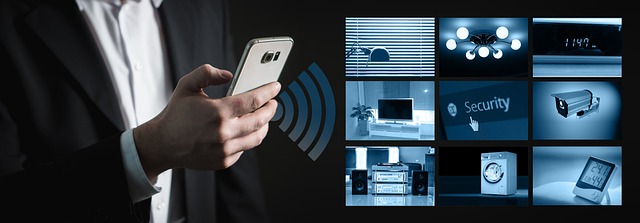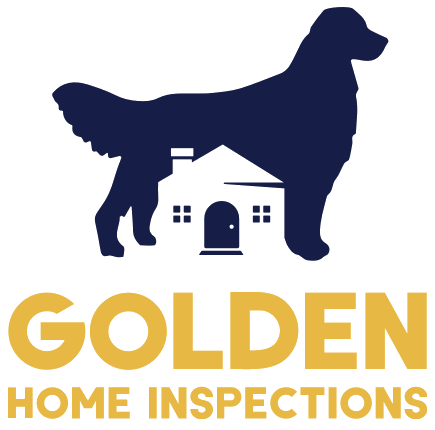
Smart home technology has taken center stage in modern living. With just a few taps on a smartphone, homeowners can monitor doorbell cameras, lock and unlock doors, adjust lighting, and even speak to someone at the front door from miles away. It’s a level of convenience that previous generations could only imagine.
But there’s a growing concern that often goes unnoticed: smart homes can give homeowners a false sense of security.
Convenience ≠ Complete Security
Many homeowners equate smart devices with comprehensive home protection. It’s easy to feel safe when you receive instant alerts or can check camera feeds remotely. But this sense of control can be misleading.
Take smart locks, for instance. They can be controlled remotely and even set to lock automatically. But if the door itself is hollow-core or the frame is weak, it’s still an easy target for forced entry. Similarly, a video doorbell might catch a thief in the act—but it won’t stop the theft from occurring.
Connectivity Can Come with Risks
Smart security systems rely on one thing: a stable and secure internet connection. If your Wi-Fi goes down, many devices stop functioning. Worse yet, if your network isn’t properly secured, it can be an open invitation for hackers.
Weak passwords, outdated firmware, and unsecured routers can leave the entire system vulnerable. In some cases, intruders have gained access to smart cameras and locks through cyberattacks—essentially turning security devices into security risks.
Not All Devices Are Created Equal
Just because a device is marketed as a security tool doesn’t mean it’s effective. Some products offer minimal encryption or store footage locally without backup. Others deliver poor video quality, delayed notifications, or limited storage. These flaws may not become apparent until it’s too late.
Consumers often place too much trust in technology, assuming that digital means dependable. Unfortunately, that’s not always the case.
Don’t Overlook the Basics
One of the biggest mistakes homeowners make is letting technology replace traditional safety measures. Smart devices should complement, not replace:
- Solid-core exterior doors
- Reinforced deadbolts
- Window locks
- Motion-sensing lights
- Neighborhood awareness
A layered security approach remains the gold standard. Technology is just one layer.
Final Thoughts
Smart homes offer an incredible level of convenience, but convenience doesn’t always equal protection. The illusion of safety can lead homeowners to overlook critical vulnerabilities—both physical and digital.
The best approach to home security is a balanced one: combine smart technology with proven traditional methods, stay informed, and perform regular system checks.
Because real safety isn’t about feeling secure—it’s about being secure.
